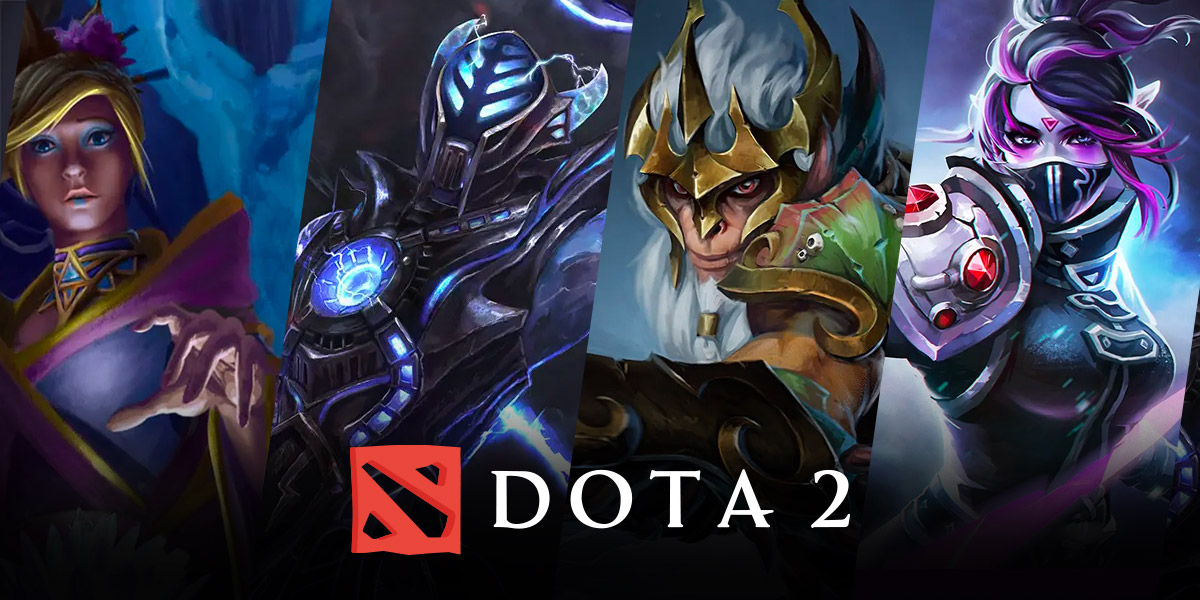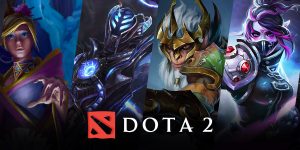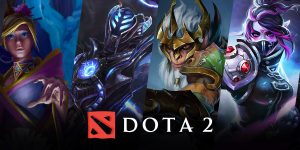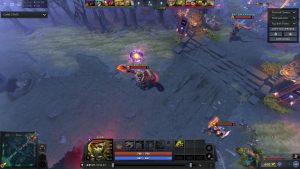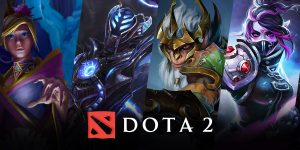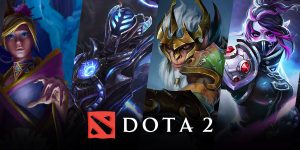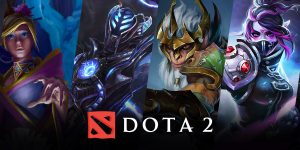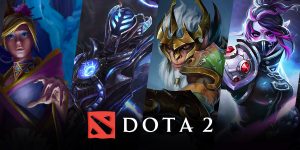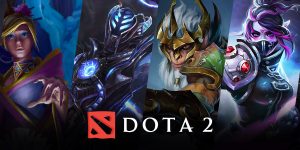Gaming: Understanding the Positions in Dota 2
When it comes to team-based strategy games, Dota 2 stands among the most popular and revered titles in the gaming community. Developed by Valve, this multiplayer online battle arena game takes players on an exhilarating adventure, challenging them to work together in order to achieve victory. One integral aspect of Dota 2 is understanding the various positions within a team. Whether you’re a new player trying to grasp the basics or an experienced gamer looking to enhance your skills, this blog post will guide you through the different positions in Dota 2 and the roles they play.
Key Takeaways:
- Understanding the positions in Dota 2 is crucial for effective team coordination and gameplay.
- Each position has its own responsibilities and playstyle, contributing to the overall strategy of the team.
Position 1: Carry
The Carry is the position responsible for dealing the most damage during the late game. This role requires strategic farming of gold and experience in the early stages, as the Carry’s power significantly increases as the game progresses. Key features of the Carry position include:
- Focus on last-hitting creeps to accumulate gold and experience.
- Building powerful items to increase damage output.
- Taking control of resources on the map to accelerate growth.
The Carry is often seen as the backbone of the team, as they possess the potential to carry the entire team to victory in the later stages of the game.
Position 2: Midlane
The Midlane position is crucial for maintaining control over the middle lane, which generally offers the most direct route to the enemy base. The Midlaner has a diverse set of responsibilities and plays an important role in dictating the pace of the game. Key features of the Midlane position include:
- Focusing on fast leveling and acquiring gold through efficient lane control.
- Rotating to other lanes to assist teammates and secure kills.
- Building items that enhance their effectiveness in team fights.
The Midlane position often requires exceptional individual skill and decision-making, as it can heavily impact the outcome of the game.
Position 3: Offlane
As the Offlaner, you will find yourself in the most challenging situation on the map. This position requires resilience and adaptability, as the Offlaner faces a duo or even a trio of enemy heroes in their lane. Key features of the Offlane position include:
- Utilizing survivability and disruptive abilities to be a nuisance to the enemy team.
- Maximizing experience gain and gold income despite the odds.
- Initiating team fights and providing crowd control during engagements.
Although the Offlaner may struggle early on, their ability to withstand pressure and create space for their team can prove instrumental in securing victory.
Position 4: Roaming Support
The Roaming Support role revolves around creating opportunities for kills and assisting teammates during the laning phase. This position requires effective map awareness and the ability to rotate between lanes. Key features of the Roaming Support position include:
- Ganking enemy heroes and disrupting the opponent’s game plan.
- Providing vision through warding and dewarding.
- Stacking jungle camps to provide additional resources for the team.
Roaming Supports excel at setting up kills for their teammates and creating an advantage in the early stages of the game.
Position 5: Hard Support
The Hard Support plays a critical role in the success of the team, focusing on ensuring the safety and progression of the Carry. This position revolves around selfless play and sacrificial actions. Key features of the Hard Support position include:
- Placing wards to provide vision and prevent ganks on key areas of the map.
- Investing gold in support items rather than personal items.
- Securing team objectives, such as Roshan or towers.
The Hard Support is the backbone of the team’s early game success, often prioritizing the needs of others over their own. Their impact may not always be as noticeable, but it is crucial for creating a strong foundation for the team.
In Conclusion
Understanding the positions in Dota 2 is essential for effective teamwork and gameplay. Each position holds unique responsibilities and requires specific skillsets, contributing to the overall strategy of the team. Whether you prefer to assume the role of a hard-hitting Carry, a midlane maestro, or a selfless support, mastering your chosen position and working harmoniously with your teammates is the key to achieving victory in Dota 2.
So, whether you’re an aspiring Dota 2 player looking to dive deeper into the game or a seasoned veteran seeking a refresher, we hope this guide has shed some light on the positions in Dota 2 and their significance. Remember to choose your position wisely, communicate effectively with your team, and always aim to improve your skills as you embark on your Dota 2 journey!
Have you found your ideal position in Dota 2 yet? Share your experiences and thoughts with us in the comments below!







